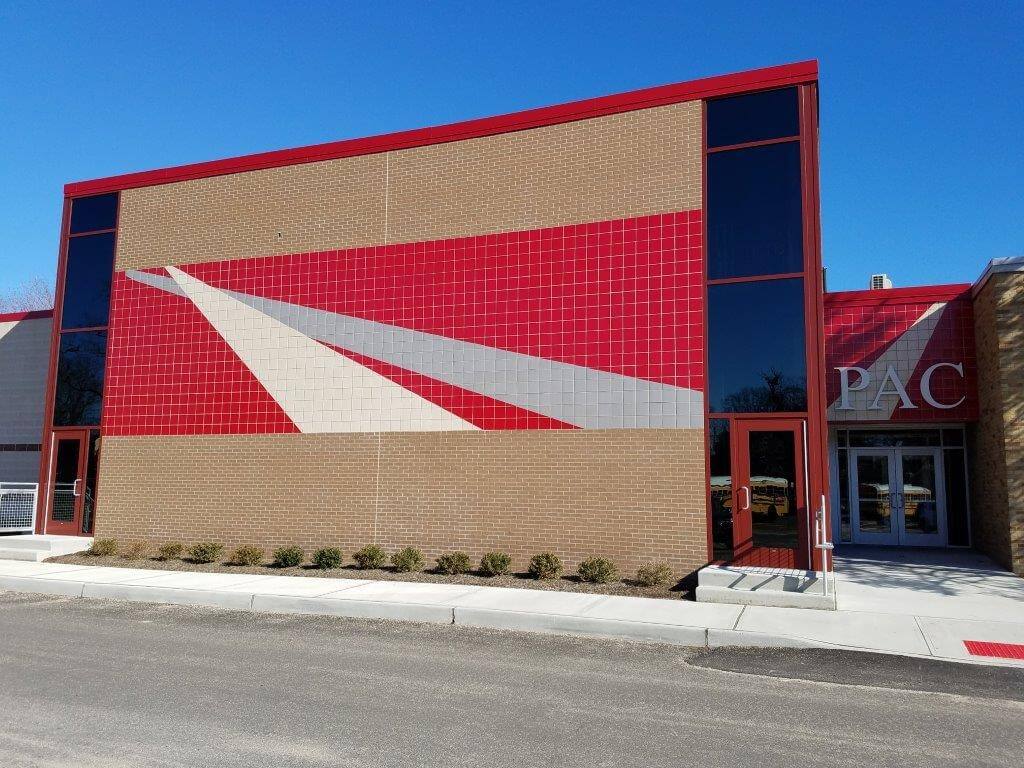
She carried 650 metric tons (640 long tons) of coal which allowed her to steam for approximately 3,000 nautical miles (5,600 km 3,500 mi) at a speed of 10 knots (19 km/h 12 mph).

On sea trials the engine produced 3,600 indicated horsepower (2,700 kW) and Océan reached 13.5 knots (25.0 km/h 15.5 mph). Their engines were powered by eight oval boilers. The Océan-class ships had one horizontal return connecting rod compound steam engine driving a single propeller. The metacentric height of the ship was very low, between 1.7–2.2 feet (0.5–0.7 m). Her crew numbered between 750 and 778 officers and men. Océan had a maximum draft of 9.09 meters (29 ft 10 in) and displaced 7,749 metric tons (7,627 long tons). The ship measured 87.73 meters (287 ft 10 in) overall, with a beam of 17.52 meters (57 ft 6 in). Like most ironclads of their era they were equipped with a metal-reinforced ram. For the first time in a French ironclad three watertight iron bulkheads were fitted in the hull. The ships were central battery ironclads with the armament concentrated amidships. The Océan-class ironclads were designed by Henri Dupuy de Lôme as an improved version of the Provence-class ironclads. The ship later served in both the Northern and Mediterranean Squadrons before being discarded in 1894. She was commissioned in 1870 to participate in the Franco-Prussian War and was assigned to the Baltic Squadron that unsuccessfully attempted to blockade Prussian ports in the Baltic Sea.


Océan was a wooden-hulled, armored frigate built for the French Navy in the mid to late 1860s and the lead ship of her class.


 0 kommentar(er)
0 kommentar(er)
